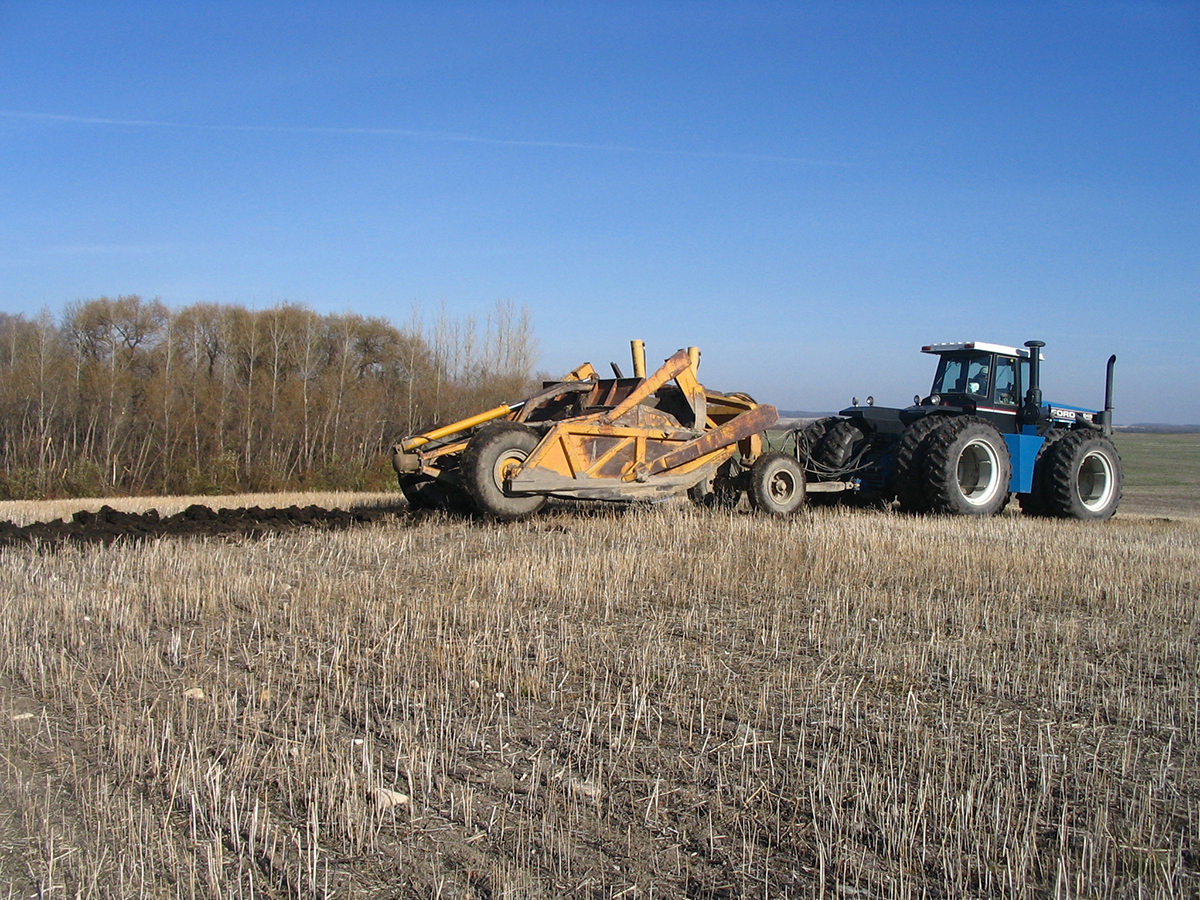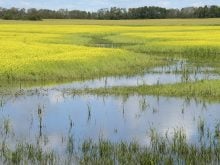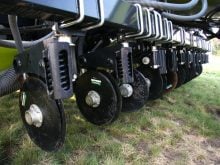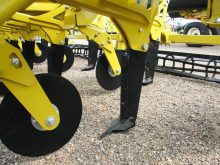Restoring productivity can be a difficult challenge for farmers battling erosion on hilltops.
However, according to Curtis Cavers, an agronomist with Agriculture Canada, there are practical strategies to mitigate the problem and improve crop yields. Cavers presented his findings on the topic at Manitoba Potato Production Days Jan. 29 in Brandon.
While eroded hilltops reduce crop yields, there are strategies producers can use to try to restore productivity and manage soil health.
Read Also
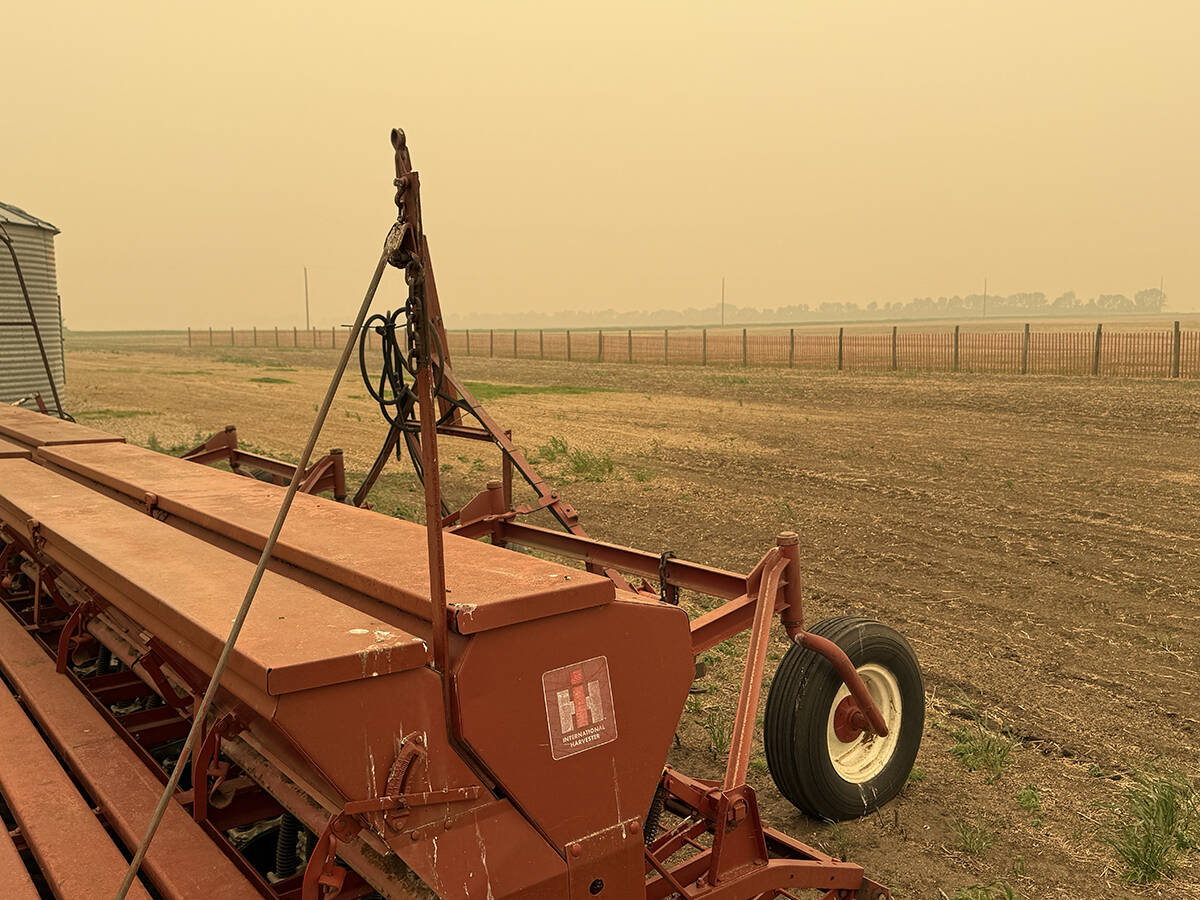
Wildfires have unexpected upside this year
One farmer feels smoke from nearby wildfires shrouded the July skies and protected his crop from the sun’s burning rays, resulting in more seeds per pod and more pods per plant.
Hilltops, also known as knolls, uplands or crest summits, are the highest parts of a field and tend to have a convex slope curvature. Water runs off these areas rather than soaking in, making them drier and more vulnerable to erosion. Years of wind, water and tillage erosion have stripped them of their topsoil, leaving behind poor seedbed conditions and low soil organic matter.
“They tend to be soils that have very little topsoil, if any, low soil organic matter, also soil organic carbon. Those are similar, but not identical things,” Cavers said.
“(They feature) high inorganic carbon and usually poor seedbed characteristics.”
In addition to being dry, these eroded hilltops often have uneven fertility. While one might assume they lack nutrients due to the loss of topsoil, some can have high soil test results because fertilizers have been applied evenly across the field over time, even though crop growth in these areas remains poor. The only way to know for certain is through soil testing, Cavers said.
“If you see that over time, there’s that possibility that there could be a buildup of nutrients at these locations. So, the only way to know is to test.”
Erosion is often more pronounced in hilly regions, but even relatively flat landscapes can experience it. Farmers can confirm the impact of erosion by looking at yield maps or relying on their own experience.
“You travel over a piece of ground hundreds of times in your career,” Cavers said.
“You start to know what parts of the field are the productive parts and which ones are not so much.”
There are seven possible strategies farmers can use to restore productivity to eroded hilltops. They can increase fertilizer and seeding rates, which can in some cases improve yields, but this depends on soil types, and can have other drawbacks, Cavers said.
“Fertilizer is not cheap. It could be a quick fix in some cases. In other cases, you’re going to spend a pile of money and still have nothing to show for it.”
Since water is a major driver of yield potential, and irrigation can be beneficial in some cases, improving water supply through irrigation can help. really hard to grow a decent crop with no water, or very little water, or water that comes at the wrong time,” Cavers said.
Applying manure or compost can increase organic matter and improve soil structure, but availability and cost may be limiting factors. Planting cover crops helps protect soil from erosion and adds organic matter over time. However, the benefits are gradual rather than immediate.
While reducing tillage can prevent further erosion, it doesn’t necessarily restore soil health.
“No till will stop the bleeding, but we have to then look at (options) for healing and recovery and all that in the long term,” Cavers said.
Topsoil redistribution is the method Cavers suggest in most cases. This emerging strategy involves moving soil from lower areas to eroded hilltops.
“If we add topsoil on those hilltops, we can bring the yield from 11 up to 15,” he noted, referencing a study where topsoil addition nearly doubled yield on eroded land when combined with increased seeding rates.
A mix of approaches often works best, depending on individual field conditions, Cavers said.
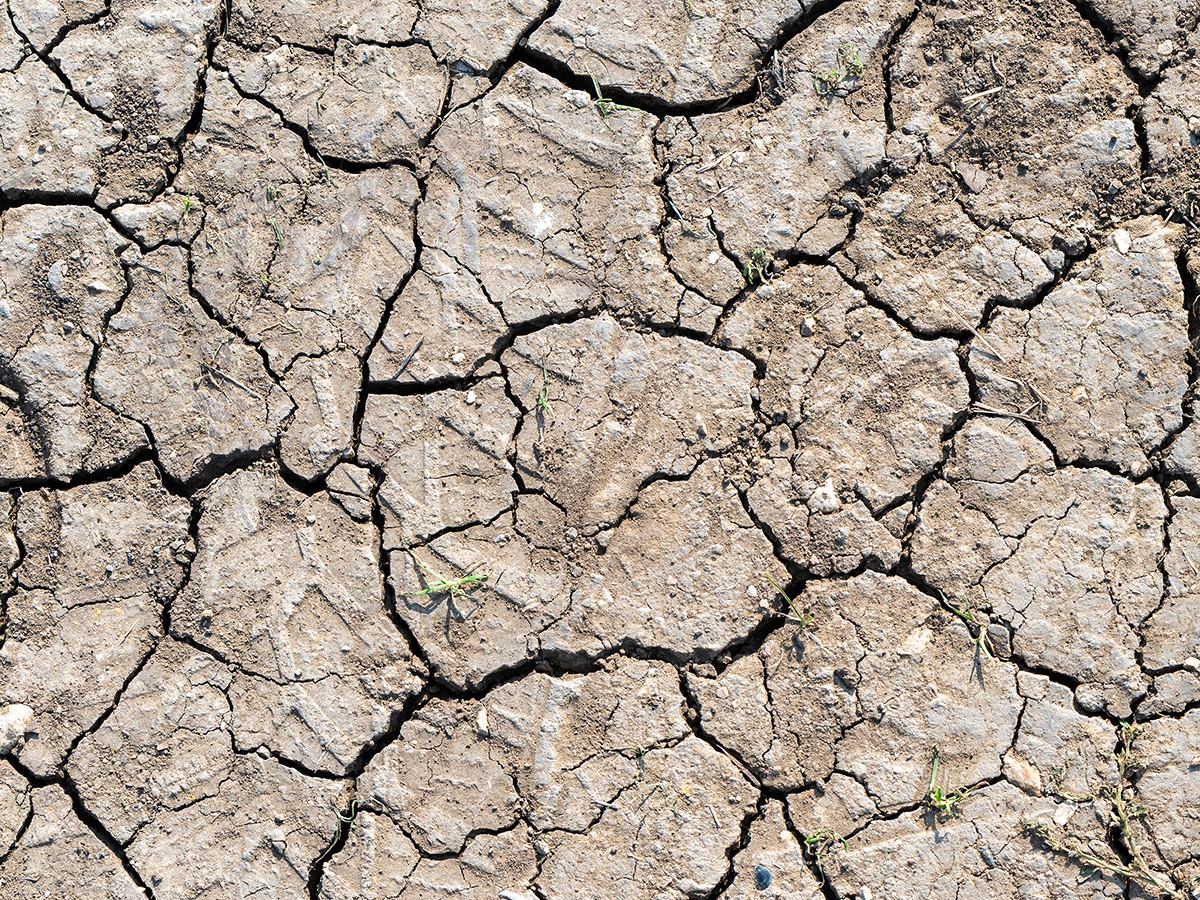
“Maybe you mix and match and try more than one of these things to see if you want a positive outcome.”
While restoration is possible, producers should keep in mind that eroded hilltops may never match the productivity of lower areas. Setting realistic expectations is key.
“You probably will never get (these) areas yielding the same as everything else,” he said.
“If we could get 80 per cent, that’d be fantastic; 70 per cent would be great, especially if you could get it more consistently, maybe not year after year, but say, even three years out of five.”
Farmers should also take a cautious approach, testing strategies on small areas before applying them across an entire field.
“You don’t want to invest in a solution only to find out it doesn’t work for your conditions. Managing risks and having realistic expectations is key,” Cavers said.
When attempting these strategies, it’s important for farmers to think like scientists, testing solutions and analyzing results.
“You don’t want to reject something out of hand after trying it once, but at the same time you don’t want to say, ‘oh, it worked good the first year, now I’m going to convert the whole farm,’ ” Cavers said.


